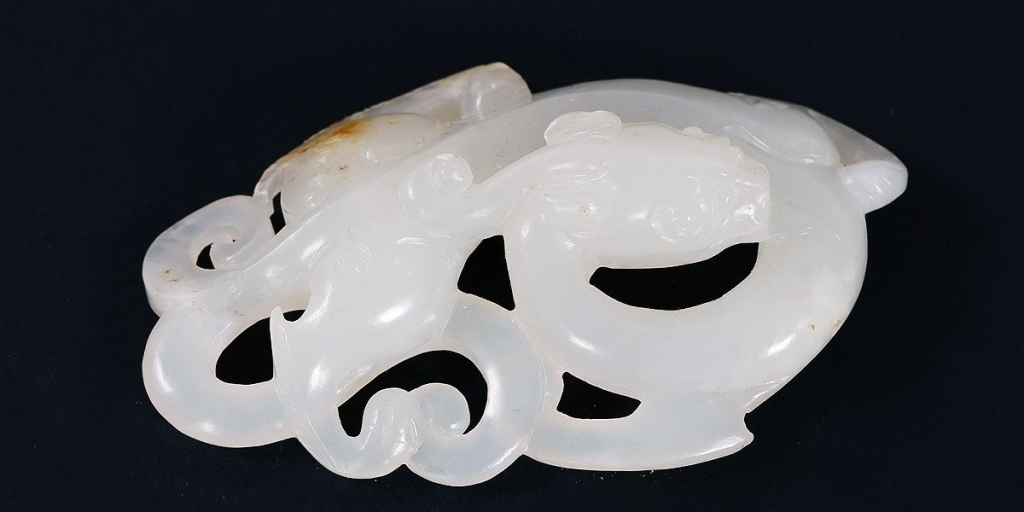Suet white jade
Suet white jade (commonly known as “羊脂白玉” in Chinese) is a highly prized and rare variety of nephrite jade, primarily sourced from the region of Hetian in Xinjiang, China. It is revered for its pure white, creamy texture that resembles suet (animal fat) and exhibits a smooth, slightly oily luster. Here are some key characteristics and details about suet white jade:

Key Characteristics:
- Color:
- Pure white or slightly off-white, with an even and translucent tone.
- Rare pieces may exhibit a faint glow due to their fine texture and translucency.
- Texture:
- Smooth, fine-grained texture, giving it an almost velvety feel.
- Often described as having a “greasy” luster, which is a hallmark of high-quality nephrite jade.
- Density and Hardness:
- Dense yet not overly heavy, making it durable for carving and jewelry.
- Its Mohs hardness is around 6.0–6.5, suitable for intricate designs.
- Clarity:
- Top-grade suet jade has minimal to no visible impurities or inclusions.
- Lesser grades may show slight veins, specks, or color variations.
Uses and Significance:
- Jewelry: Suet jade is frequently used for necklaces, bracelets, earrings, and pendants.
- Carvings: Artisans create intricate sculptures, seals, and talismans due to its workability.
- Cultural Value: Associated with purity, prosperity, and health in Chinese culture.
- Investment: High-grade pieces are rare and often regarded as valuable collectibles.
Care Tips:
- Avoid Chemicals: Keep jade away from harsh cleaning agents or chemicals that can damage its surface.
- Clean Gently: Use a soft, damp cloth to clean the surface.
- Storage: Store separately to avoid scratches from harder gemstones.

Leave a Reply
Want to join the discussion?Feel free to contribute!